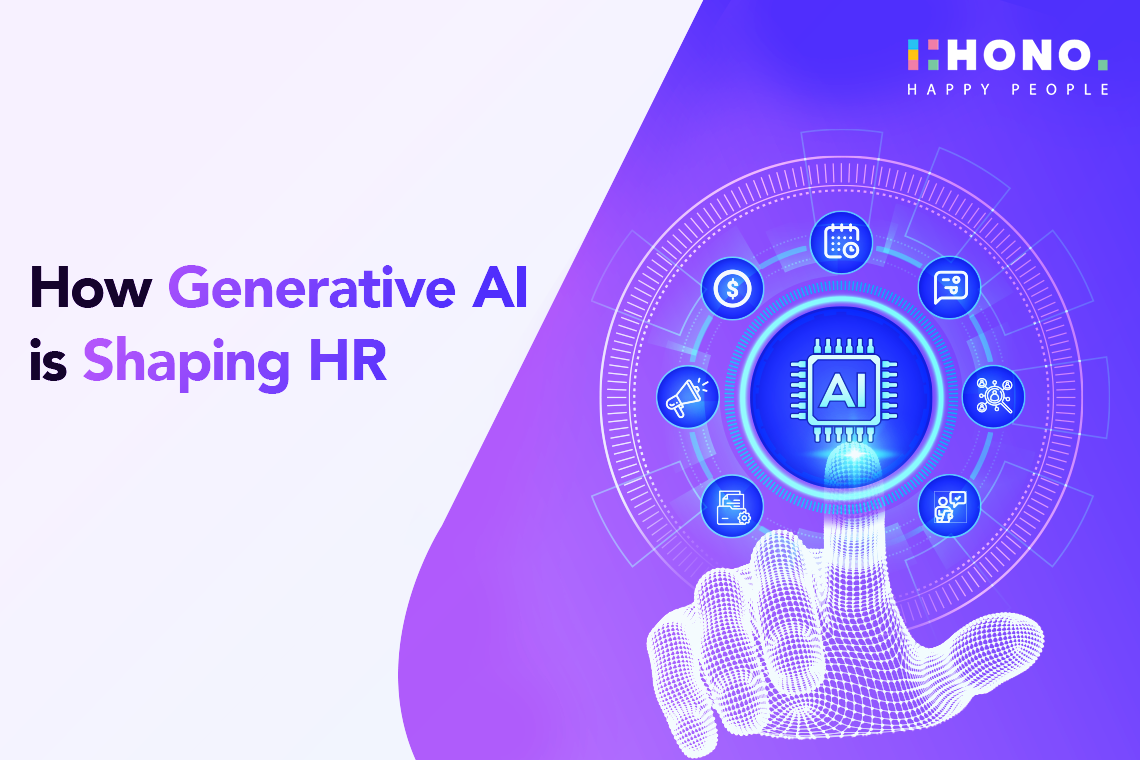What are The Benefits of Integrating HR Analytics into Learning and Development
HR analytics provides data-driven insights for better decision-making in learning and development programs.
It helps identify key areas for development, improving the overall effectiveness of L&D initiatives.
By aligning L&D programs with business goals, HR analytics increases the return on investment (ROI) for training efforts.
Analytics enable organizations to tailor learning and development training programs to meet specific employee needs.
It supports the creation of developmental learning programs that are targeted and impactful.
Utilizing HR analytics ensures that learning and development programs are among the best in addressing organizational challenges and enhancing employee skills.
Key HR Analytics Metrics for Learning and Development
In learning and development (L&D) programs, leveraging key HR analytics metrics is essential for enhancing program effectiveness. One such metric is the identification of skill gaps. HR analytics enables organizations to pinpoint specific areas where employees require improvement. By addressing these gaps, training efforts can be targeted more effectively, leading to more impactful L&D programs.
Another crucial metric is training effectiveness. This can be measured through post-training assessments and tracking performance improvements. By analyzing these metrics, organizations can gain valuable insights into how well their training programs are working and make data-driven adjustments to optimize outcomes.
Employee engagement is also a vital metric to track. Monitoring engagement levels before and after training sessions can provide a clear picture of how L&D initiatives influence employee motivation and satisfaction. This information can highlight areas for further enhancement, ensuring that training programs not only develop skills but also boost overall employee morale.
Lastly, predictive analytics plays a significant role in the future of L&D. By analyzing trends and patterns in employee performance data, organizations can use predictive analytics to forecast future training needs. This proactive approach allows for better planning and resource allocation, ensuring that L&D programs remain relevant and effective in addressing the evolving needs of the workforce.
Implementing HR Analytics in Learning and Development Programs
To effectively integrate HR analytics into learning and development strategies, organizations can follow these steps and best practices:
Define Objectives: Clearly define the goals of your L&D programs and the metrics you plan to track, ensuring alignment with overall business objectives.
Integrate Systems: Ensure that your HR analytics tools are seamlessly integrated with your L&D platforms and other HR systems for accurate data collection and analysis.
Collect Data: Gather data on key metrics such as skill gaps, training completion rates, and employee feedback, using both quantitative and qualitative methods.
Analyze Insights: Analyze the collected data to identify trends, patterns, and areas for improvement in your L&D programs. Utilize visualization tools to present findings in an easily understandable format.
Act on Findings: Use the insights gained from HR analytics to make informed decisions about L&D initiatives, such as updating training content, modifying delivery methods, or targeting specific employee groups.
Monitor and Iterate: Continuously monitor the effectiveness of your L&D programs and make iterative improvements based on ongoing data analysis, ensuring that your training efforts remain relevant and impactful.
By following these steps and leveraging HR analytics, organizations can optimize their learning and development programs, leading to enhanced employee performance and organizational success.
Overcoming Challenges in HR Analytics for Learning and Development Programs
Implementing HR analytics in learning and development (L&D) programs can encounter several challenges, but with the right strategies, these can be effectively addressed:
Data Quality: Ensuring the accuracy and consistency of data is crucial for meaningful analytics. Regular audits and validation processes can help maintain high data quality standards.
Privacy Concerns: With the increasing focus on data privacy, it's essential to comply with regulations and implement robust security measures to protect employee information.
Resistance to Change: Change management strategies, including clear communication and training, can help overcome resistance and foster a culture that embraces data-driven decision-making.
Effective Data Management: Establishing clear data governance policies and investing in the right tools and infrastructure are key to managing L&D data effectively.
Stakeholder Engagement: Engaging key stakeholders early and demonstrating the value of HR analytics in L&D can help secure their buy-in and support for the initiative.
Related: Harnessing Predictive Analytics in HR to Navigate Workforce Challenges
HR analytics plays a pivotal role in enhancing learning and development programs. By providing data-driven insights, HR analytics enables organizations to tailor their L&D initiatives to meet the specific needs of their workforce, leading to more effective and impactful training programs. As the business landscape continues to evolve, the ability to leverage analytics will become increasingly important for HR professionals. By embracing HR analytics, they can ensure that their L&D programs not only meet the current needs of their employees but also prepare them for the challenges of the future.
Request a Demo Now!

.png?width=70&height=70&name=Team%20HONO%20logo-01%20(1).png)








.jpg)
